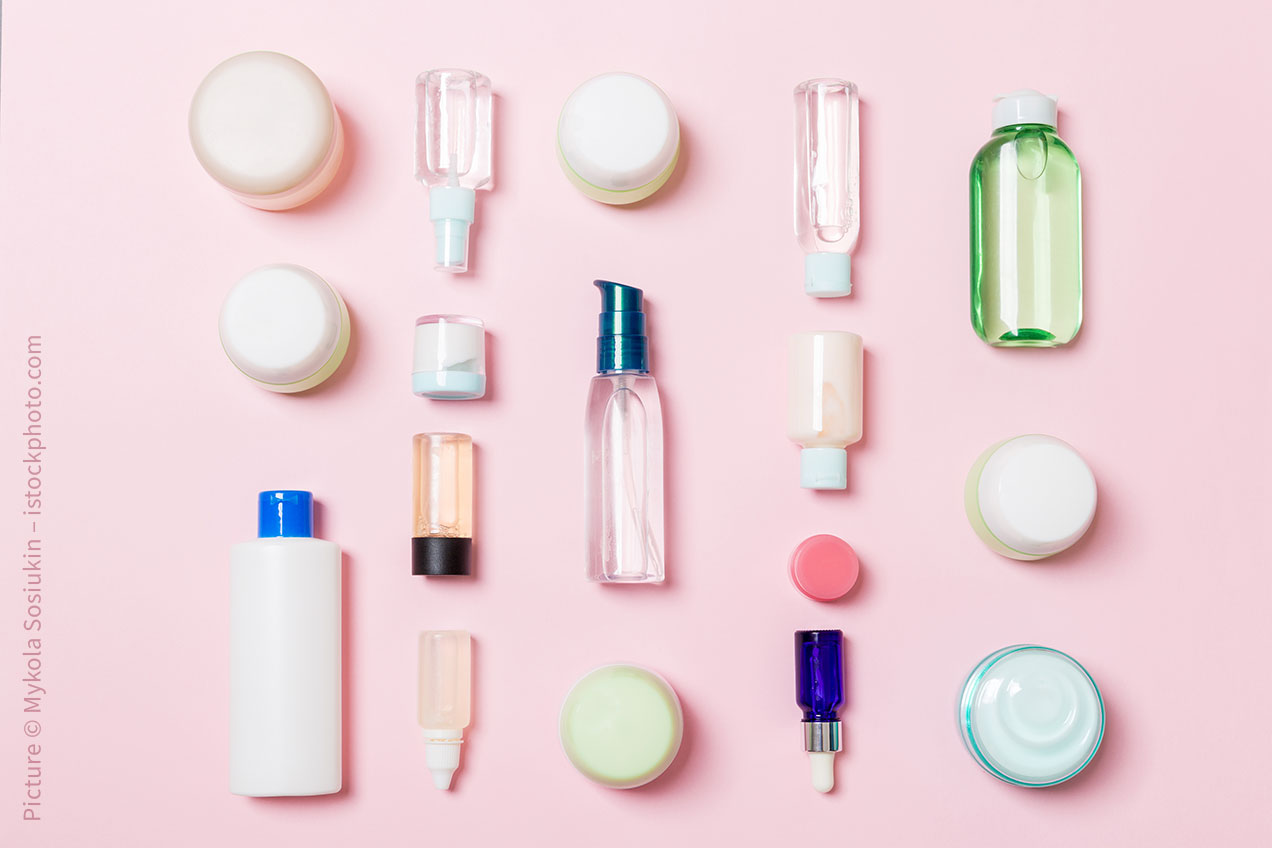Preservatives play a crucial role in keeping our cosmetics and consumers safe. Many of us don’t think about our cosmetics as products that can spoil or be a haven for microorganisms.
Cosmetic products are constantly challenged by the microorganisms prevalent in our environment – in the air, on our skin, and in water. The most common strategy to keep your products free from harmful microorganisms is using preservatives, either synthetic or natural. Without the assistance of preservatives, our cosmetics could harbor potentially harmful microorganisms like certain pathogenic species of bacteria, yeast, or mold.
A preservative must remain efficacious throughout the product’s lifetime, from production throughout consumer use. Due to regulations and safety concerns, the number of preservative options allowable for cosmetic use is getting smaller. While the FDA doesn’t have specific rules applying to cosmetic preservatives, the EU does. The EU Cosmetic Products Regulation, directly applicable in all 27 EU countries, has strict regulations and is globally influential on preservation usage. There are several factors that impact allowable cosmetic preservatives including allergic concerns, consumer perception, and safety. To further complicate matters, microorganisms are not static, and adapt and change in different environments. So as cosmetic manufacturers are reformulating products, they need to consider that formula and preservative changes can increase risk of microbial growth.
Preservation and quality process can work together to reduce microbial risk. Applying good manufacturing practices (GMP) throughout your manufacturing can reduce microorganisms from getting into your products in the first place. GMP is a way of working that applies quality assurance and risk management. It provides guidelines for quality manufacturing of products through standardized procedures and regular oversight of facilities, records, staff and overall operations. Though GMP is currently not required by law for cosmetics, that is changing, too. The Modernization of Cosmetics Regulations Act of 2022 will require cosmetics manufacturers that sell products in the United States to follow GMP. The FDA will publish new rulemaking on GMP for cosmetic manufacturing by 2025 and implementation by 2026.
As a part of GMP, regulatory agencies like the FDA are going to want to see your documentation of your microbial detection procedures and validation. Now is the time to establish best practices before it becomes mandatory. Changes to formula preservation require a risk assessment to determine the appropriate testing needed to confirm microbial detection in the new formula. These decisions should be made by your quality department to confirm the highest level of safety for your products.
The quality of your product is essential to the reputation of your brand, and therefore, the trust that consumers have in your company. Manufacturers are held accountable for these standards of quality. By using effective preservation and good manufacturing processes, you can mitigate and remediate microbial contamination risks quickly.
Charles River Laboratories have purposely built our portfolio to bring you products and services that deliver accurate, relevant, and reliable data to fuel confident decisions on your product quality and contamination control efforts. Using our unique combination of Celsis® rapid microbial detection and Accugenix® microbial identification solutions in combination with GMP, you can ensure microbial quality of your products. Explore our portfolio at www.criver.com/cosmetics.

Charles River Laboratories
251 Ballardvale Street
Wilmington, Massachusetts
01887 United States
+1 781 222 6000
www.criver.com/cosmetics
minu.youngkin@crl.com





